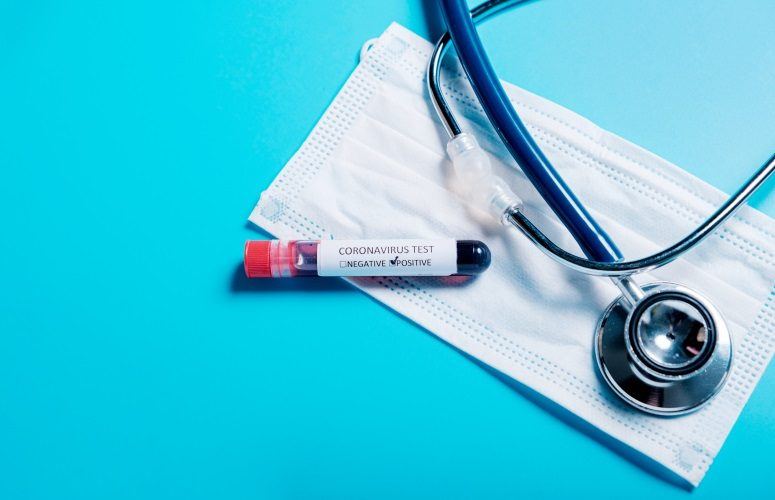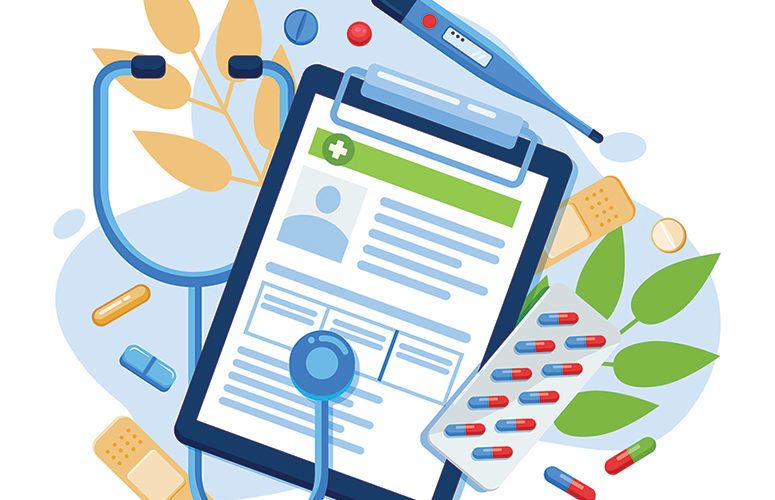
Are NJ Hospitals Prepared for a COVID-19 Explosion?
By Jim Pytell, Assistant Editor On Mar 11, 2020While the overall number of positive COVID-19 cases in New Jersey remains relatively low, and while the United States hasn’t seen the sudden exponential boom in cases like in China and Italy yet, an explosion of cases in a similar vein here in the US is certainly possible.
It is easy to wonder how hospitals would fare in a worst-case-scenario where COVID-19 cases become so widespread that they begin to put a significant strain on the heathcare system, pushing it towards its breaking point.
This is the currently reality in Lombardy, Italy, for example, where 80% of the region’s 1,123 acute-care beds are dedicated to COVID-19, according to Bloomberg. In addition to bed shortages, the specialists needed to treat patients are having trouble keeping up with demand as more cases flood the country’s hospitals.
The US may not be at that point yet, but there’s no doubt that hospitals are taking notice of the possibilities that COVID-19 presents.
“Hospitals have infrastructure in place in terms of plans, policies and training in order to deal with something like this,” Shannon Davila, RN, director of the New Jersey Hospital Association’s (NJHA) Institute for Quality and Patient Safety, tells New Jersey Business.
“The healthcare system has plans for what it calls ‘surge capacity,’ which is a plan for if it really gets inundated with cases,” explains Kerry McKean Kelly, vice president communications and member services at NJHA. “[The plan includes] increasingly intense things that you can do to create more capacity in the health system. Those plans are in place and we are ready to go there if and when we need to, but we haven’t even gotten to the point where we really have to ramp up surge capacity.”
Davila says one of the biggest challenges right now for hospitals is keeping up with constantly evolving guidelines from public health officials primarily due to how fluid the situation is.
“We are at the point where major directives are literally coming out multiple times a day, so we need to make sure that our providers are operating with the most current information,” McKean Kelly says.
“It’s all hands on deck right now. Hospitals are listening to what the Centers for Disease Control and Prevention (CDC) and the Department of Health are saying, and they are doing their best to implement the mitigation strategies that they need to make sure that their patients and staff are safe,” Davila adds.
Having clear communication with hospital staff on when and when not to report to work, taking the proper isolation measures with infected patients, and outfitting staff with the proper protective equipment to stem the spread of bacteria are some of the simplest front-line things hospitals are doing to protect both patients and staff.
“The CDC has provided some guidance about how facilities can be responsible with using the stockpiles of personal protective equipment that they have,” Davila says. “We encourage healthcare facilities to look at those guidelines and think outside the box in terms of how to make the best use of the equipment available to them so that their employees can stay safe as well.”
“The whole continuum of healthcare from primary care practices, urgent care centers, nursing homes, and more are so important during an emergency response,” McKean Kelly says. “Everything needs to be well coordinated.”
She says that hospitals also have to be mindful behind-the-scenes of their business continuity planning, as they will still have non-virus related patients that need to be treated.
“We don’t ever want the community to see what is going on and be afraid to come to the hospital if they need us,” McKean Kelly says. “Our emergency departments are staffed up and have plans to protect the patients whether they are coming in with a potential virus situation or something [completely non-related to COVID-19]. They can isolate these situations so that people can be safe and seek the care they need without that added worry.”
It is also important to be mindful of the impact that mitigation interventions such as school closings would have on the heathcare system.
“You think about the folks who work in hospitals and a large percentage of them have school-aged children. [Workers could be faced] with the decision of coming to work versus staying at home with their children,” she says. “A shortage of employees is something that we all are going to be looking at here pretty quickly and is something that we are going to have to figure out.”
“There has been good communication and [hospital executives] have a good sense of what is going on,” Davila says. “There is not a sense of panic. There seems to be a sense of community among the hospitals, sharing best practices with each other and looking to identify which resources are available.”
To access more business news, visit NJB News Now.
Related Articles:





